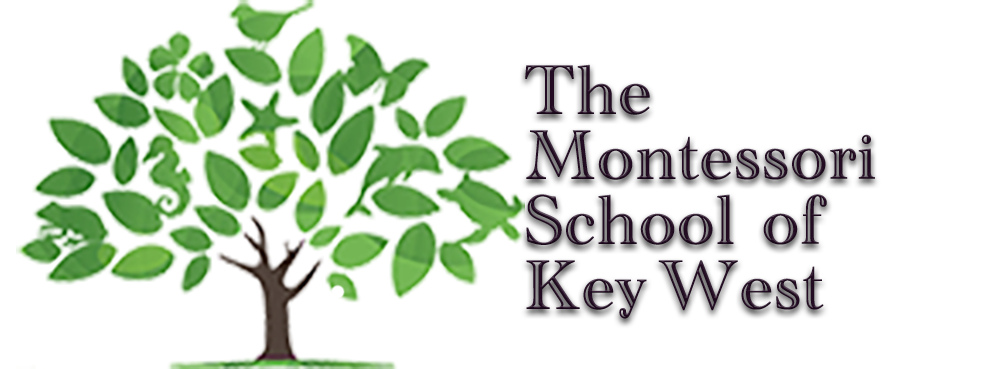Science from age 3 to 12
Dr. Montessori passed a deep love for the world of nature on to thousands of students through a program of outdoor education, gardening, and camping experiences. We see this as the foundation of a lifelong interest in the sciences.
We want our students to be fascinated by the universe and to honestly enjoy the process of discovering its secrets and interrelationships. We want them to observe, analyze, measure, classify, experiment, and predict – and to do so with a sense of eager curiosity and wonder.
Science is an integral element of our curriculum. Among other things, it represents a way of life: a clear thinking approach to gathering information and problem-solving.
Our program is designed to cultivate our students’ curiosity and determination to discover the truth for themselves. We teach them how scientists go about their work. They learn how to observe patiently, analyze, and work at each problem. They eagerly engage in field trips and experiments, and respond with delight to the precision of measurement, gathering data, classification, and prediction.
With encouragement and a solid foundation, even very young children are ready and anxious to investigate their world, to wonder at the interdependence of living things, to explore the ways in which the physical universe works, and to project how it all may have come to be.
The scope of our science curriculum includes an introduction to botany, zoology, chemistry, physics, geology, and astronomy.
Our Upper School science curriculum encompasses the traditional life and physical sciences, with more advanced courses in biology, chemistry, physics, earth science, anatomy and physiology, and marine biology. Science lessons incorporate a hands-on approach. For example, students will study the ecology of our outdoor environment and collect water samples to be tested for pollutants. We studying astronomy, a class might build a scale model of the solar system that stretches out over two miles. They will chart the cycles of sunspots and solar rotation by projecting the sun’s image. On clear winter nights, they may stay up late observing through a telescope.
Our finest classes are taught out of doors in forests and fields.
Scope and Sequence Age 3 through 12
Basic atomic theory
- How elements are created through stellar fusion
- Elements and compounds
- Mendelov’s table of the elements
- Basic molecular theory: Building atomic models
- Physical and chemical changes
- Research into the elements and continued study of the periodic table
- Introduction to chemistry lab experiments
- Animal behavior: detailed observation. (Age 9 and up)Anatomy: Systems of the animal and human body. (Age 9 and up)
- Health and nutrition. (Age 9 and up)
- Ecology: Advanced study of the interrelationships of life forms. (Age 9 and up)
- Development of skills in careful observation, recording and describing, and use of increasingly sophisticated techniques of measurement.
- Development of skills using scientific apparatus: Microscopes, telescopes, hand lens, collecting field specimens, dissecting, preparing displays.
- Development of field science skills: Tracking, listening, observing.
- Development of scientific inquiry skills: Forming hypothesis, designing experiments, recording results.
- Study of the great inventions: Machines and technology and their effect on society throughout history.
- Study of the great scientists.
- Introduction to the physical sciences: (Age 10-12)
Geology and mineralogy, Meteorology, Astronomy, and cosmology - Elementary physics: Light, electricity, magnetic fields, gravity, mass.
- Preparing and analyzing all sorts of graphs and data displays; basic statistics.

Recent Comments